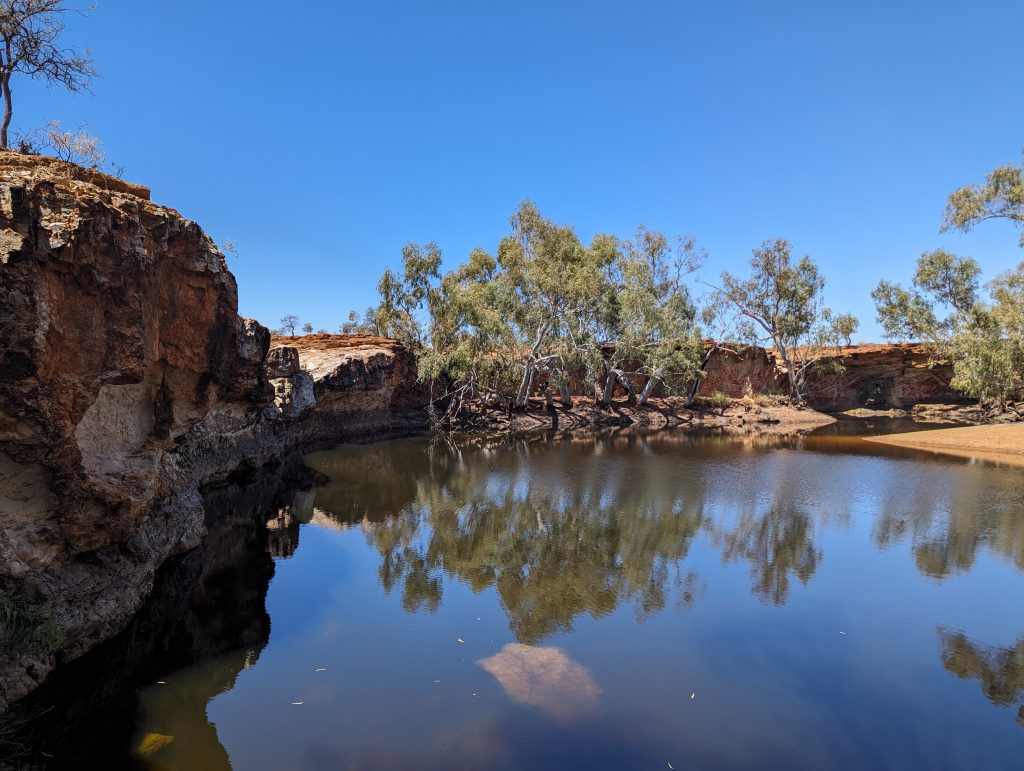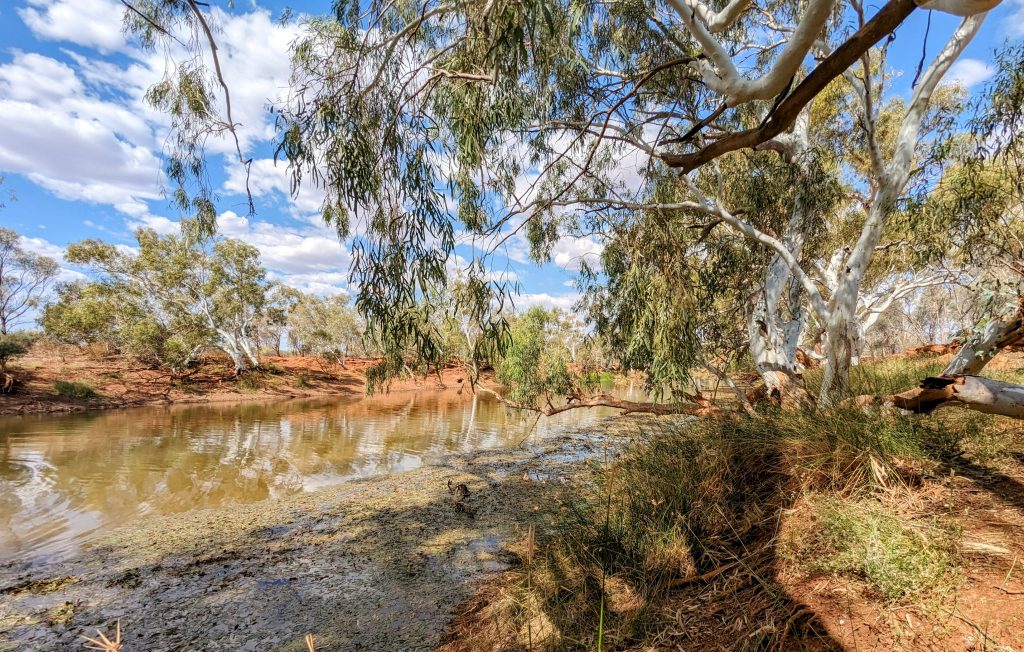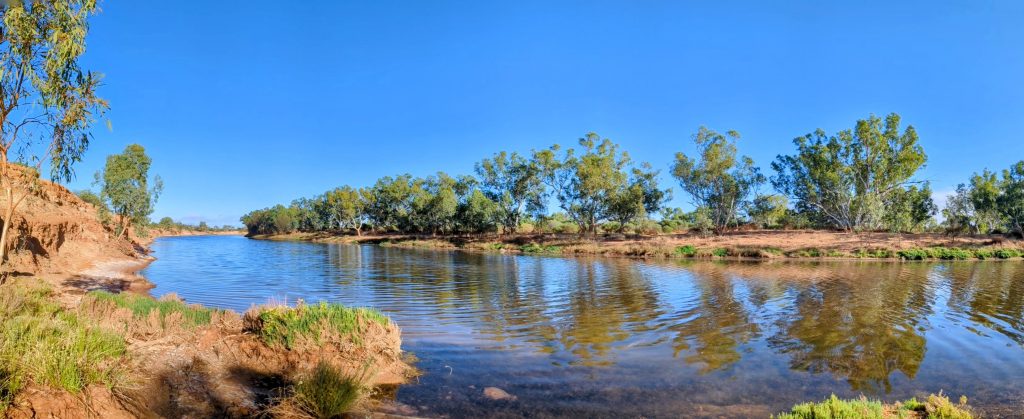Some musings on camping
Wherein I natter on about gear and how I choose what to buy.
Perhaps with a point to make about software development.

At least once a year we pack the Prado with a tent, gear and food and go camping with a group of friends. For a few days to a week or so we’d unplug, relax and enjoy God’s creation somewhere in our vast state of Western Australia.
I’m a frugal person so at first we only collected the bare essentials, got a tent on special for $100 big enough to fit the whole family. Every time we’d go camping we’d think about what worked well last time, and what could be improved, and perhaps get some extra gear or replace something to make things a bit easier. Got a 4WD vehicle so we could go to more places. Got a fast frame tent to reduce the time to set up (this makes a huge difference when we rock up to the site with 5 minutes of light left and three hungry kids). Bought a collapsible basin and bucket which allowed us to fit more gear in. Got some hardy camping boxes for gear. A waterproof rooftop bag for the car which fits all our clothing, pillows and sleeping bags. Ditched the self-inflating mattress that got all warped and took up heaps of space, for some cheap inflatable ones that would only last a year or so but pack down very tightly.
Improvements to the car have also been made. Instead of spending thousands of dollars getting a custom set up done, while not really knowing exactly how we want it set up, we have gradually added small upgrades a bit at a time. Auxiliary battery installed with an isolator so that our fridge and chargers would run without draining the starter battery. My friend installed some power points in the boot so I could run the fridge there, as well as some USB points for charging phones. This year he upgraded my setup to a DC/DC charger which has improved things a lot, and I got a folding solar panel so that I can keep things running (as long as there’s sunlight). Ran two fridges, one as a freezer and one as a fridge – and learned that my aux battery doesn’t have the capacity to keep them both running well, especially in high temperatures. So now I have an idea of what sort of fridge/freezer combo I’d like, and what sort of power usage efficiency I need to be looking for in such a unit.
Early on we were short on funds and we did everything “on the cheap”. This required being very selective about what things we bought, looking for bargains, and buying some things secondhand. Over time we got better at managing our finances, got our spending under control – and so were able to afford the occasional big upgrade when it seemed worthwhile. Instead of just buying cheap gear that frustrates us for a couple of years before they break, we can invest in higher quality products that last many years. Our spending is reasonable and intentional.

Software development works well when done this way, as well. Sometimes it’s a good idea to quickly throw together a rough solution to get the job done. It only costs a small amount of time and gives us the opportunity to see if it really works, where are the rough edges, what areas need work, what features were never really needed in the first place. Later, we can throw part of it out and replace it with a more expensive component (expensive, as in taking a longer period of time and perhaps more manpower to build).
The “big bang” approach never really works in my opinion. It’s so tempting to want to divert down the “tear it all down and rebuild from scratch” road, especially when in the depths of trying to analyse and understand some complex behaviour arising from code that some developer (probably myself) wrote many months ago. You want to throw it all out and start again because that’s a lot more fun. Don’t believe it!
Any non-trivial project will have complexity that, whether you are on your own or are in a team, will have many issues that are difficult to resolve, many of which would have been resolved early on if a small prototype had been built first. This complexity is a simple consequence of the fact that every non-trivial system will be comprised of multiple smaller systems which need to work together; there are exponentially more ways for these mini-systems to interact and fail than you have consciously considered or tested.

I’m currently several years into a large project that is currently being used in production but still has a long list of features yet to be built. It originally started with a small prototype, that itself was an adaptation of a much older, smaller application. The prototype involved a few changes, improvements and refactorings but it was still recognizable from its progenitor. This prototype became a system that was used worldwide with great success, but not without some issues internally that made it difficult to extend and adapt.
These were architectural design issues that required a major redesign – but instead of building a whole new system “from scratch”, we designed the new system with the prototype as a basis. The new data model was an evolution of the original rather than being completely new. In some ways it might have been nicer to start with a completely new data model, but the approach we took meant that a lot of the code from the original simply needed to be adapted to the changes, and meant that we could get our beta version out for testing and evaluation quicker.
Several years later, we had gone back and rewritten, refactored, or even completely replaced large portions of the code; now, I suspect that there are very few, if any, lines of code that have survived from the original source. We’ve changed approaches, technologies and frameworks gradually, replacing one thing at a time. This has not always been smooth; sometimes edge cases and smaller features are forgotten or lost in a rewrite. On the whole, however, we have maintained continuity and releasing the product in small(ish) releases has been successful and generally been received positively.
Recently we went on a 4WD trip in my home state, Western Australia. The photos in this post were from that trip.

